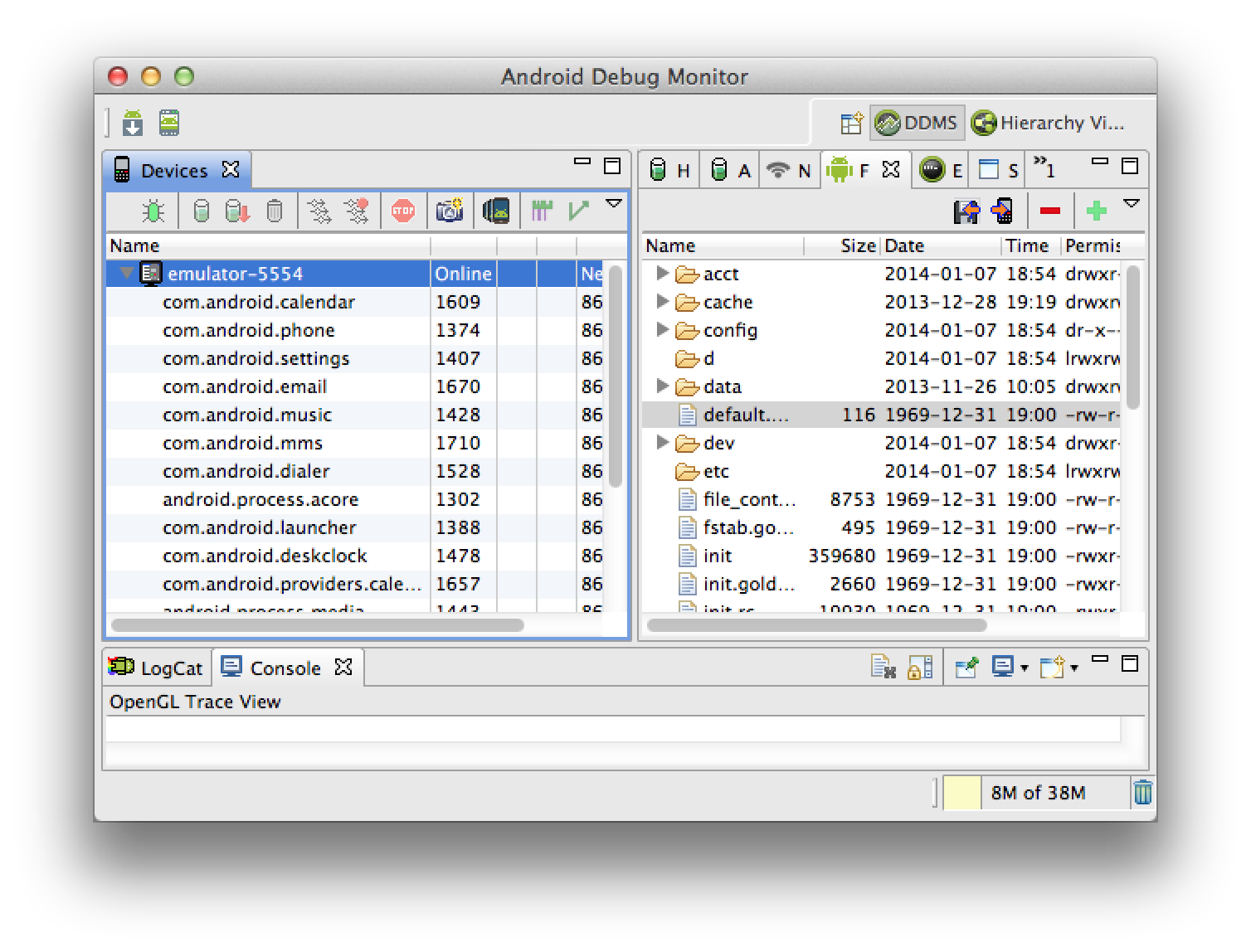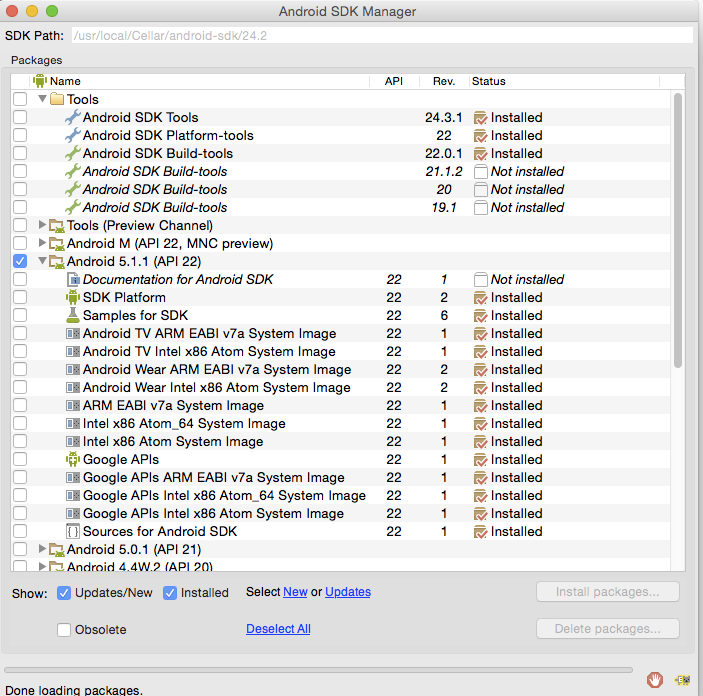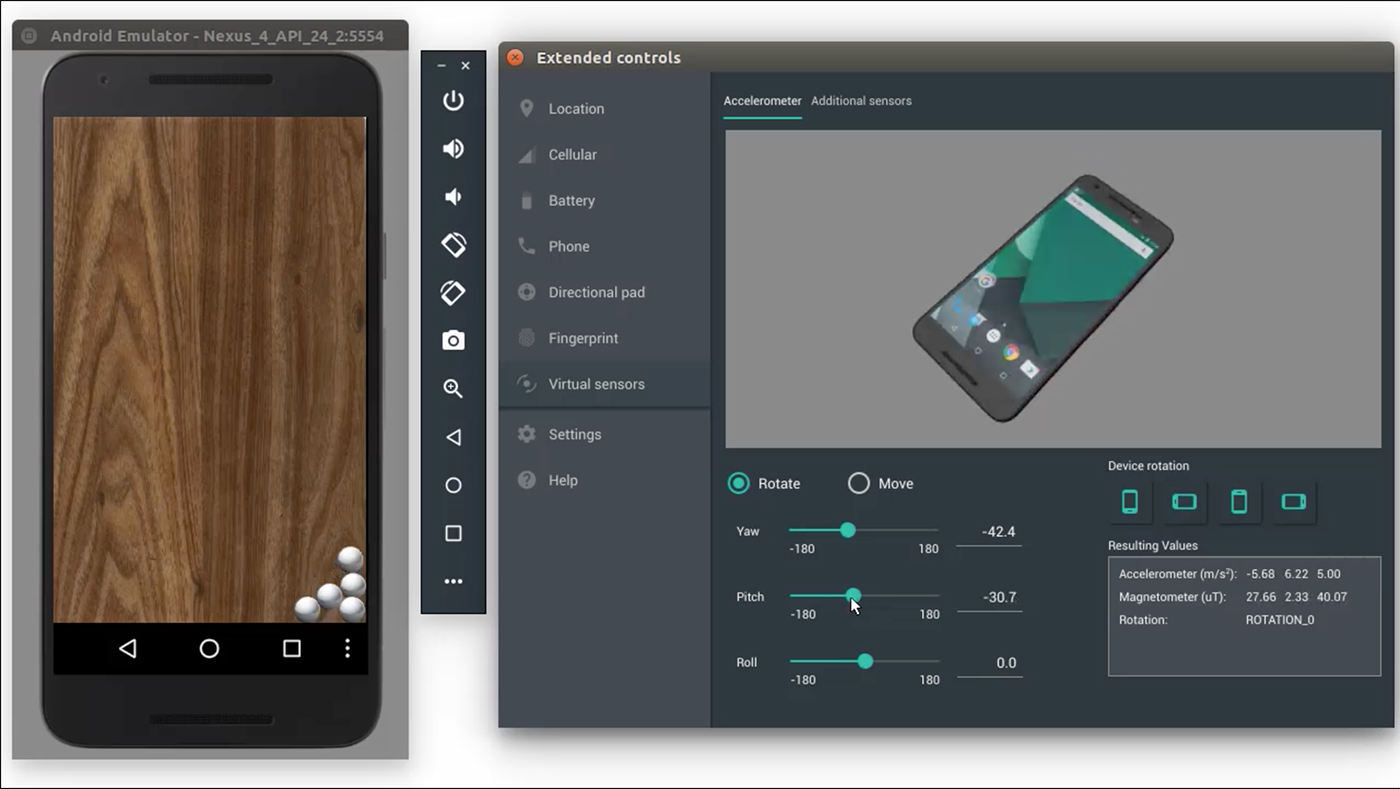

- #Mac add android emulator to path install
- #Mac add android emulator to path software
- #Mac add android emulator to path code
- #Mac add android emulator to path Offline
Alternatively, you can use Netbeans with the NBAndroid-V2. Re-login or as log your terminal in to the newly created group:Īndroid Studio is the official Android development environment based on IntelliJ IDEA. # setfacl -d -m g:android-sdk:rwX /opt/android-sdk # setfacl -R -m g:android-sdk:rwx /opt/android-sdk the X in the default group entry means "allow execution if executable by the owner (or anyone else)" As running sdkmanager can also create new files, set the ACL as default ACL. Set an access control list to let members of the newly created group write into the android-sdk folder. If you intend to use it as a regular user, create the android-sdk users group, add your user. This directory has root permissions, so keep in mind to run sdk manager as root.
#Mac add android emulator to path install
The AUR packages install the SDK in /opt/android-sdk/. Using another package manager (Android SDK manager) to manage pacman-installed files is a bad idea.
#Mac add android emulator to path Offline
You can also install it offline through the extras android m2repository SDK package (also available as android-support-repository AUR). The Android Support Library is now available online from Google's Maven repository. You can install them through the AUR, with the sdkmanager or using Android Studio's AVD Manager. To run the Android Emulator you need an Intel or ARM System Image. The Android Emulator is available as the emulator SDK package, the android-emulator AUR package, and there is also a dummy package for it: android-emulator-dummy AUR.

The android-tools package provides adb, #fastboot, e2fsdroid and mke2fs.android from the SDK Platform-Tools along with mkbootimg and ext2simg. Some Android SDK packages are also available as AUR packages, they generally install to /opt/android-sdk/.Īndroid-sdk-cmdline-tools-latest-dummy AURĪpkanalyzer, avdmanager, lint, retrace, screenshot2, sdkmanagerĪapt, aapt2, aidl, apksigner, bcc_compat, d8, dexdump, dx, lld, llvm-rs-cc, mainDexClases, split-select, zipalignĪdb, dmtracedump, e2fsdroid, etc1tool, #fastboot, hprof-conv, make_f2fs, make_f2fs_casefold, mke2fs, sload_f2fs, sqlite3, systrace To build apps from the command-line (using e.g./gradlew assembleDebug) set the ANDROID_SDK_ROOT environment variable to your SDK location.Īndroid SDK packages can be installed directly from upstream using #Android Studio's SDK Manager or the sdkmanager command line tool (part of the Android SDK Tools). The Android Studio Setup Wizard installs the required #SDK packages and places the SDK by default in ~/Android/Sdk. If Android Studio shows up as a blank window try exporting _JAVA_AWT_WM_NONREPARENTING=1, see issue #57675.Make sure you properly set the Java environment otherwise android-studio will not start.You can install it with the android-studio AUR package. It provides integrated Android developer tools for development and debugging. Android StudioĪndroid Studio is the official Android development environment based on IntelliJ IDEA. The officially supported way to build Android apps is to use #Android Studio.
#Mac add android emulator to path code
qrcp AUR – transfer files over wifi from your computer to your mobile device by scanning a QR code.sendanywhere AUR – cross-platform file sharing.KDE Connect ( kdeconnect) – integrates your Android device with the KDE or Gnome desktop (featuring synced notifications & clipboard, multimedia control, and file/URL sharing).client or server for protocols that can be used to transfer files (eg.
#Mac add android emulator to path software
Arch Linux software with Android counterparts.special USB sticks / regular USB stick with adapter.Media Transfer Protocol for modern Android devices.There are various ways to transfer files between a computer and an Android device: 6.10 adb: sideload connection failed: insufficient permissions for device.6.9 Android Emulator: Segmentation fault (core dumped).



 0 kommentar(er)
0 kommentar(er)
